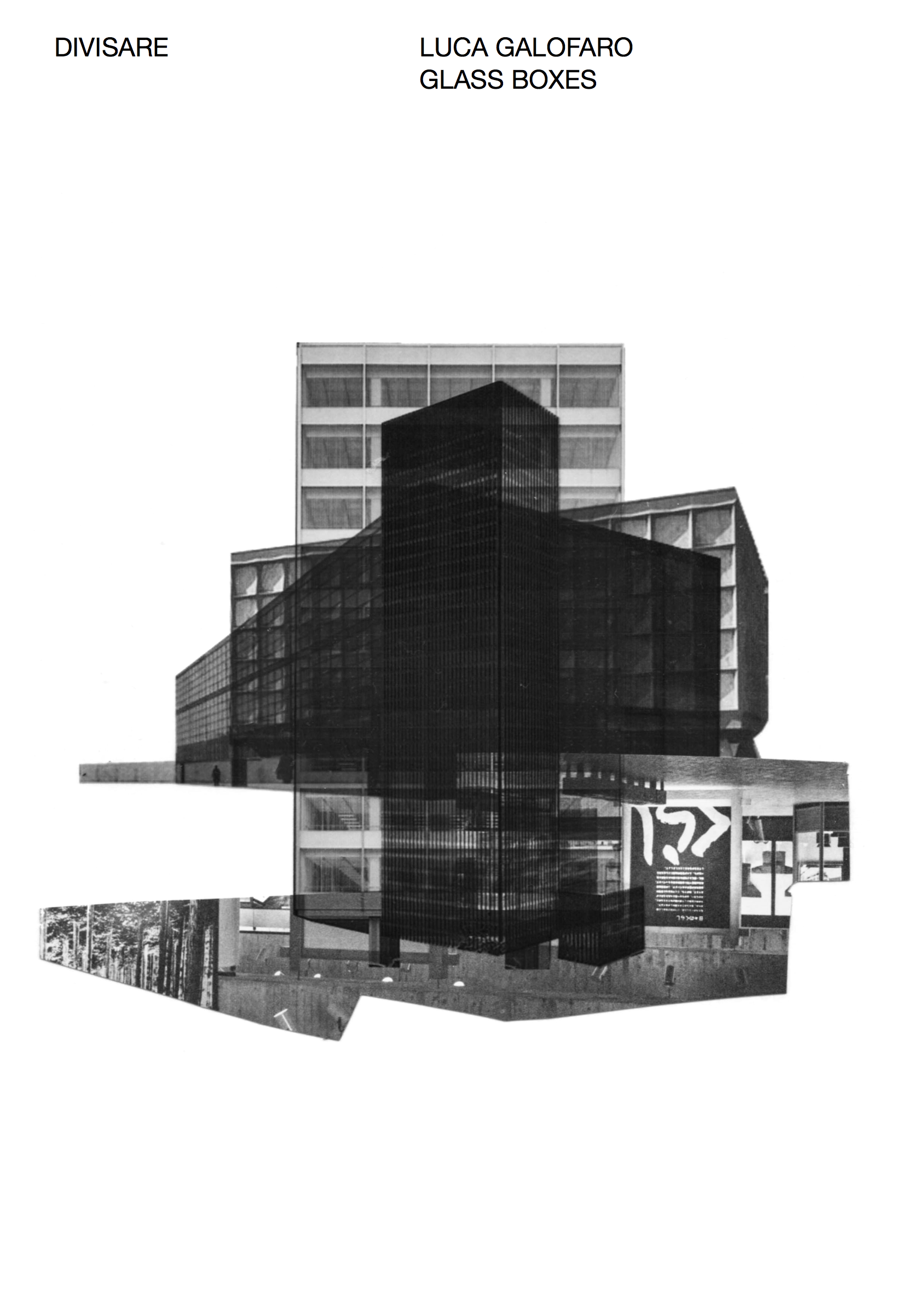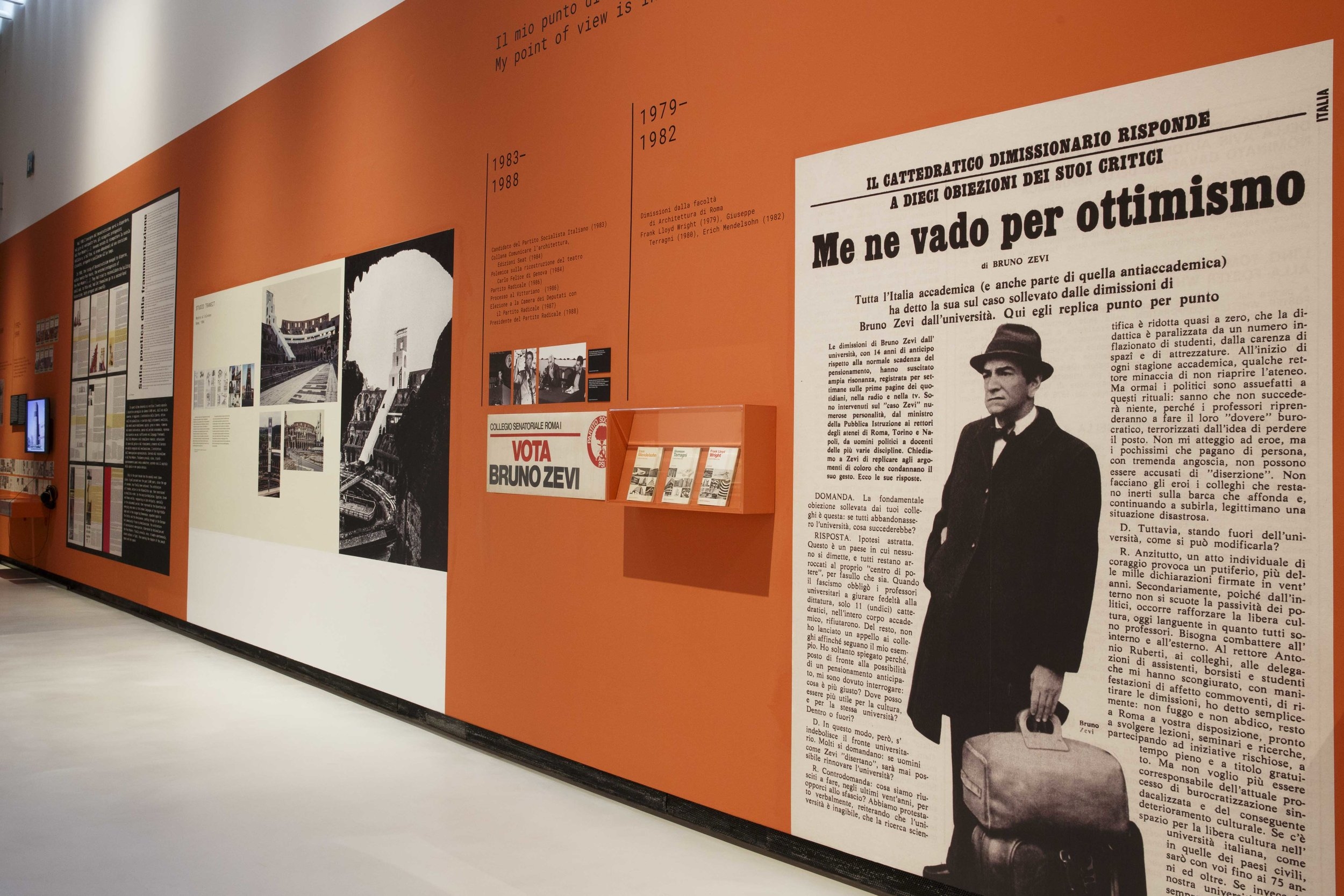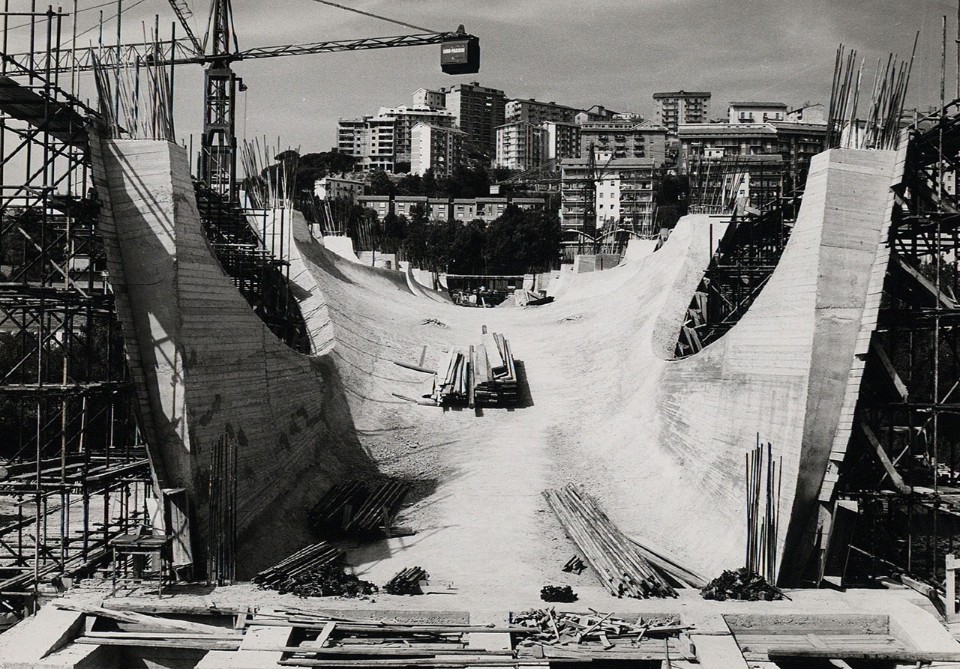Montage City
by Pablo Castro
Luca Galofaro’s photomontages propose an alternative architecture, one that, at the risk of superficially appearing unconcerned with structure or internal organization of space—or indeed even with purpose and intended use—focuses instead on a consideration of the value and design potential of the image as one of the crucial cultural issues of our time. The image is not a neglected issue: image seems to be perhaps the most powerful incentive animating design practice today. We live in an image-driven society, images are powerful, easy to produce and cheap. Sometimes it seems, image is all that matters. Driven by image, everything is exaggerated and even grotesque, an obsession with instant and unambiguous communication with an absent-minded public has done away with all subtlety and complexity. Everything in design needs to be reduced to epigrammatic visual ‘sound bites’ that might hopefully fit within the narrowly limited opportunities afforded by an audience with a stunted attention span.
Living in a society wired to spend and discard as fast as possible, image is the main driver and enticement to all action, there is no time for anything other than the skin-deep. The economic system under which we live and work produces and propagates its own form of ignorance; it is, after all, what keeps it alive, and because of that, what passes for quality, luxury or necessity is often superficial and almost completely image-dependent. Decisions concerning the most difficult problems are postponed or abandoned altogether while a thin veneer of optimistic technological overreach is applied to cover over the gaps. A case in point is the complete absence of any debate regarding the slow destruction of the world brought about by continued massive production of articles of consumption that nobody really needs. Instead of engaging in debate regarding this issue in any significant way, the professional response of the architectural ‘mainstream’ has been little more than attempting to deploy a thin ‘green’ layer of technological ‘innovation’ so as to ensure that the production and commercialization of superfluous commodities continue unabated while cowardly avoiding any substantive political debate about the situation. The disenfranchisement of the architectural discipline is only the logical consequence of all this; by agreeing to let others make the important decisions, architects are giving up architecture as the key competence on issues of the design of the public realm. The disappearance of the design of the city from the list of disciplinary competences of architecture is only the most dramatic example of its growing cultural irrelevance.
Professional servility has won over disciplinary integrity and architecture has become the obedient amanuensis of interests that—to give it sense within the narrow range of concerns that define their own universe of action—demand its cultural inconsequence and slow-burn self-destruction. Today, architecture as a professional practice is trapped within the narrow confines it has been forced to set for itself in order to survive as an increasingly modest profession. It has been separated from its capacity to imagine and build the city.
It is perhaps in this context that the importance of these photomontages can be best assessed. They are obviously not meant to describe complete architectural propositions—that would distract us from their real purpose—they have instead a more precise objective: they outline hypothetical design propositions at a large scale, releasing the imagination to envision again architecture as a complete practice.
A building has a within—the space defined inside itself to provide for the infinite ways in which life will unfold for its users—but it also has a without. Even if neglected or misunderstood in its potential, this without is the building’s contribution to society and the unitary building block in the construction of the shared space of the city.
Through these photomontages, Luca Galofaro proposes visions of the architecture of without as pure public appearance; their sharp focus and deceivingly ludic character address exclusively the liminal zone separating interior and exterior spaces. This zone, the boundary setting apart the private from the public, is the precise locus of any debate about the ownership of the city, the critical issue in an urgently necessary political discussion about the future of urban space. These montages attempt to re-artificialize the city, proposing an understanding of it as something other than a natural phenomenon, one that we would be forced to logically accept as a given fact. For them, the city can be re-conceptualized and reinvented through the power of the imagination, and free from the implicit chains of causality directing the trajectories of all things taken to be natural, made to re-enter the debate of history and regain the right to fight for its own future. Since the 18th century the city has been considered to be as indifferent to human destiny as the forest or the sea might be. As a matter of fact, it is the park—the artificial urban form of the forest—which first provided the model and justification for an understanding of the city as a natural phenomenon. By proposing architecture in self-conscious metamorphosis, these photomontages vehemently deny this customary naturalization of the city, proposing instead the idea of a city considered in-motion as a dialectical hybrid between nature and culture: one that, being a product of human ingenuity and work, can and must always be guided by the compass of human intentionality.




























